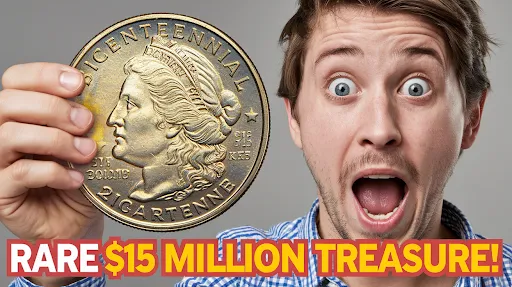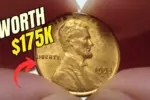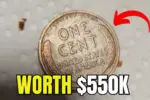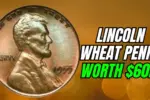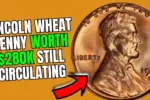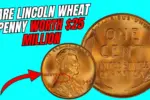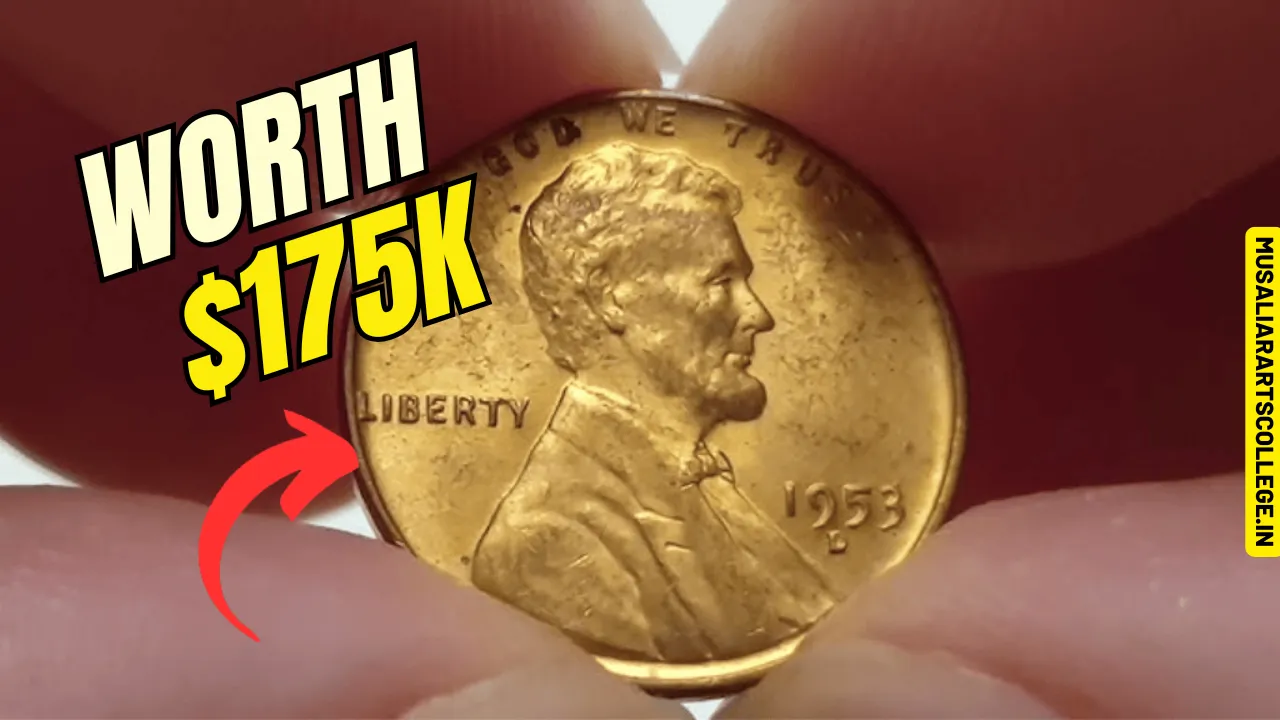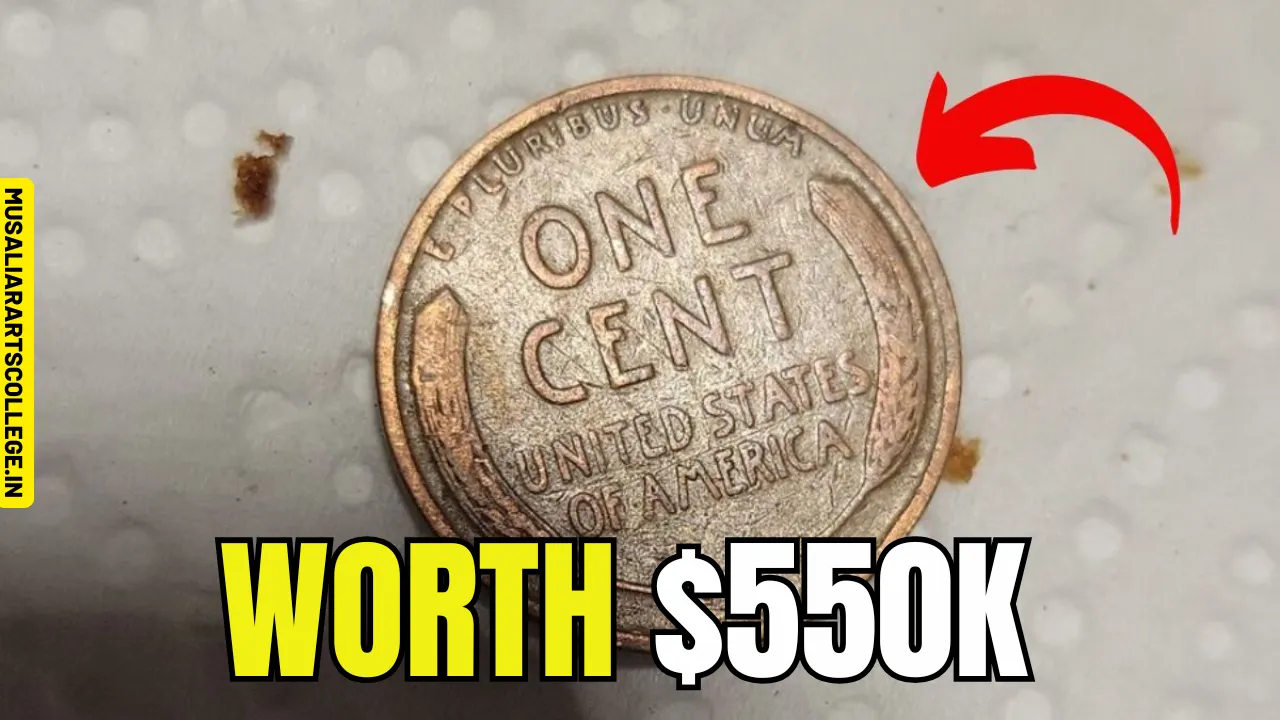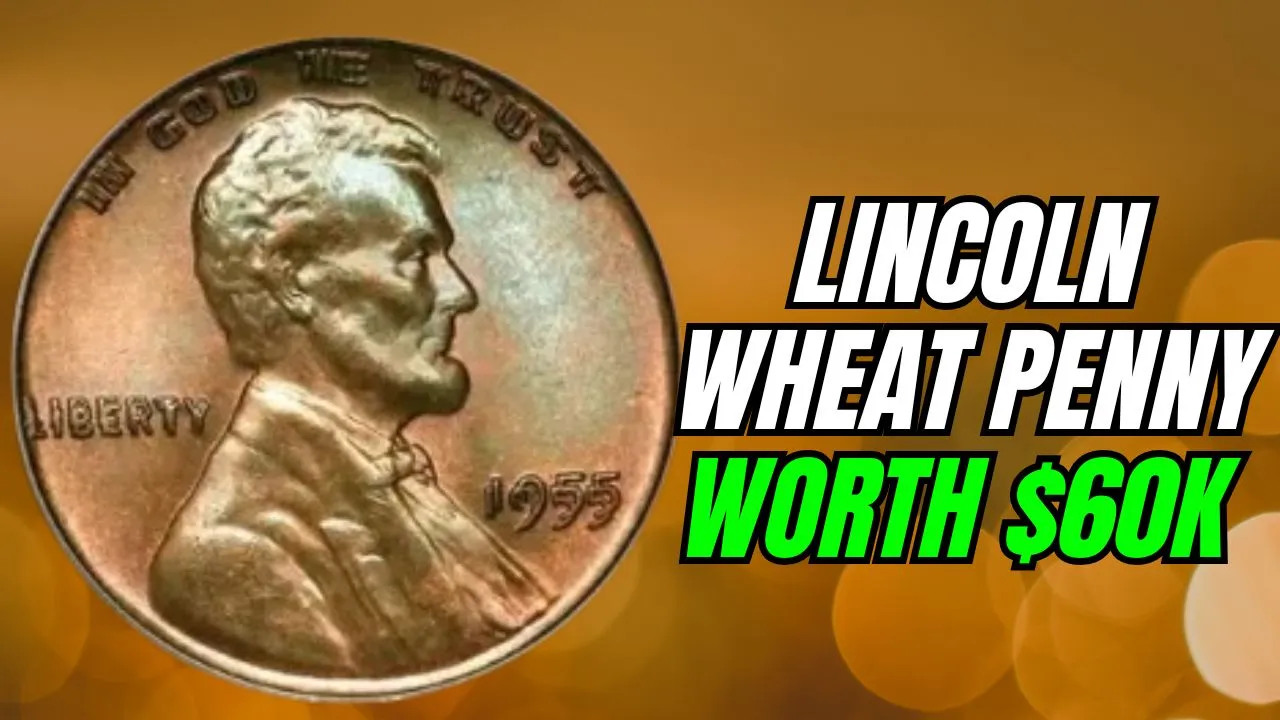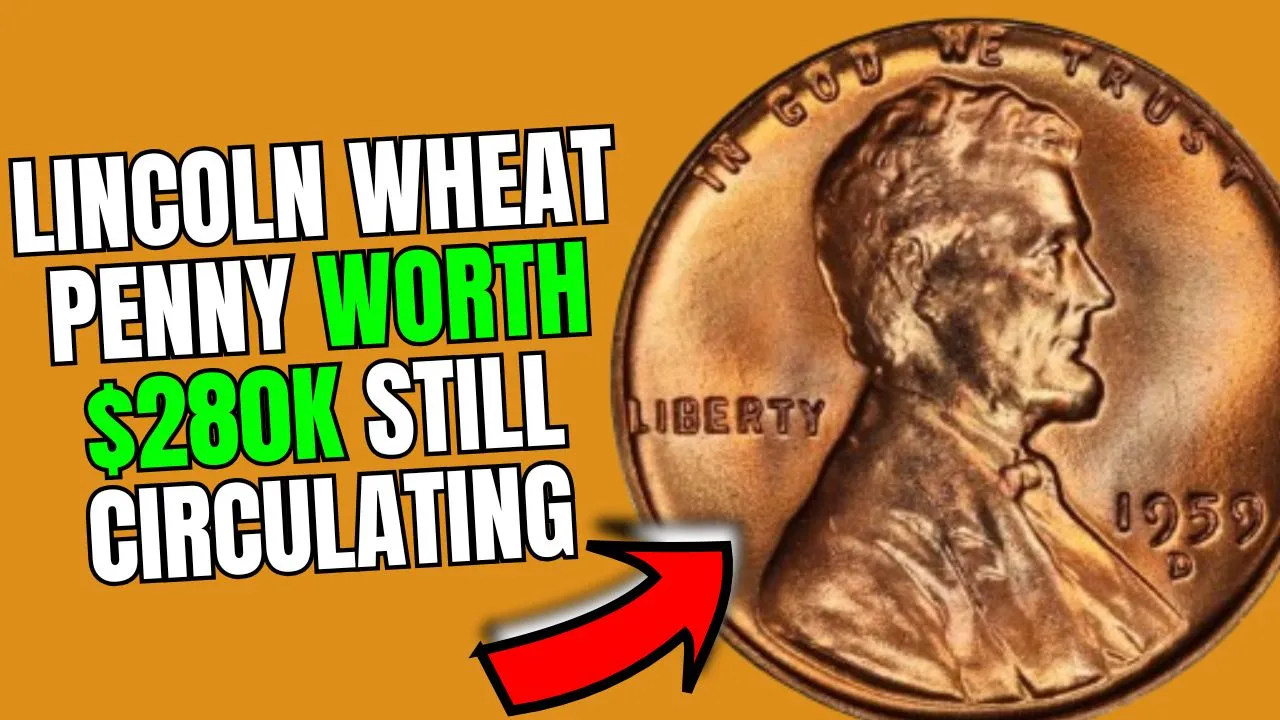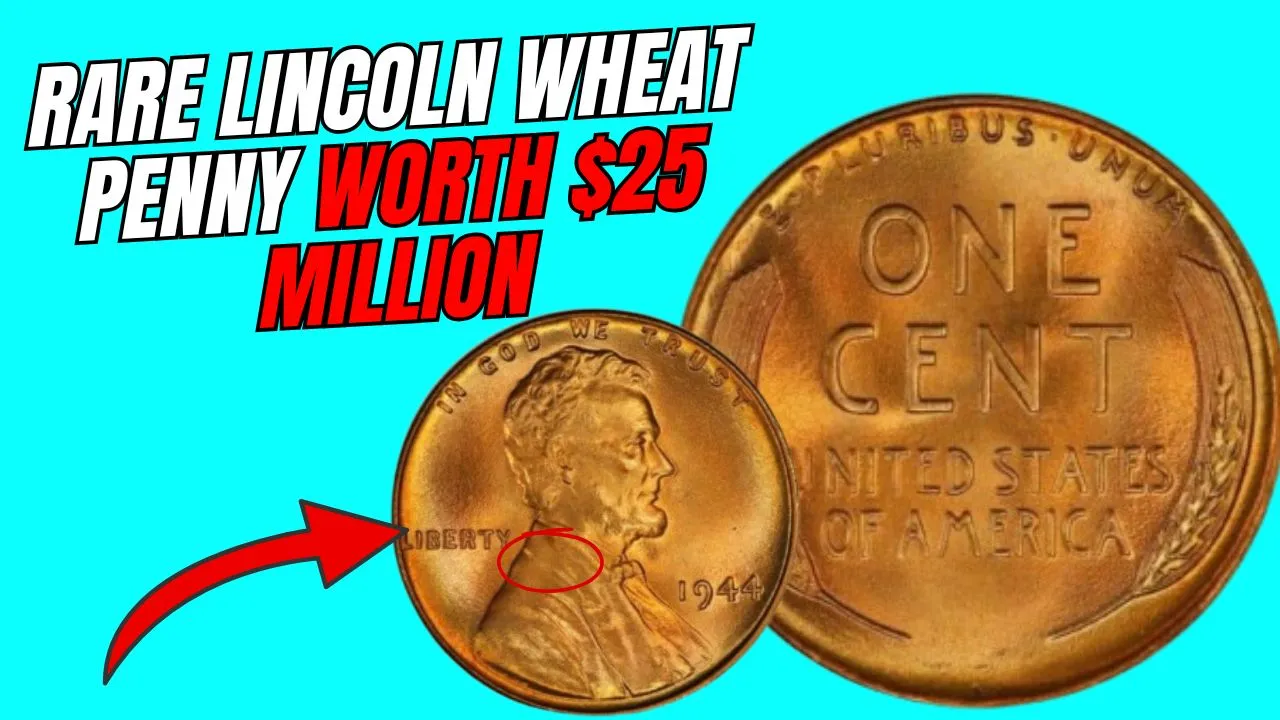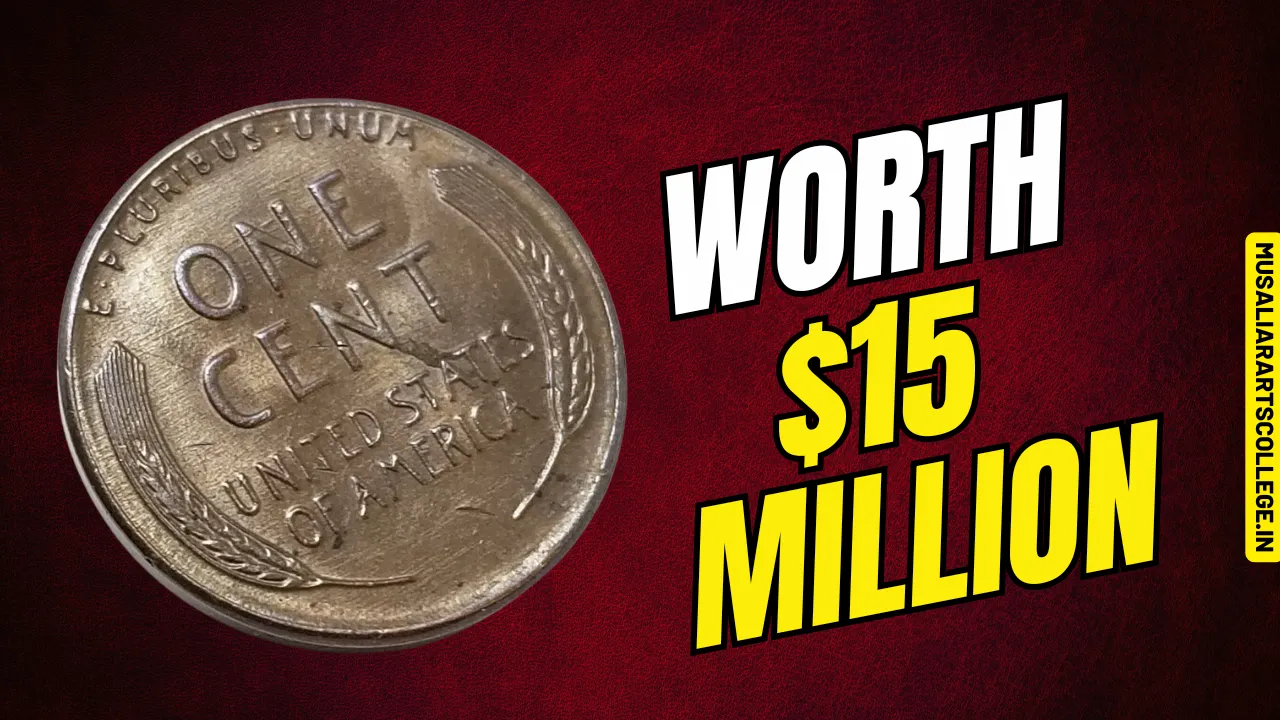Rare Bicentennial Quarter: Imagine digging through your spare change only to discover a single coin worth $15 million. It may sound like a fantasy, but for coin collectors and history buffs, this possibility is very real. Coins like the Rare Bicentennial Quarter, the elusive 1916-D Mercury Dime, and the mysterious 1894-S Barber Dime hold immense historical and monetary value. These hidden gems, still in circulation, represent a blend of rarity and craftsmanship that excites collectors worldwide.
In this article, we’ll uncover what makes these coins so special, their unique features, and why some are worth millions. You’ll also learn how to spot these rare coins in your everyday transactions—because you never know what could be hiding in your pocket change.
Overview Table of Rare Coins
| Coin Name | Year of Issue | Mint | Designer | Value |
| Bicentennial Quarter | 1976 | Philadelphia, Denver, San Francisco | Jack L. Ahr | $15 Million (unique specimens) |
| 1916-D Mercury Dime | 1916 | Denver | Adolph A. Weinman | $15 Million |
| 1894-S Barber Dime | 1894 | San Francisco | Charles E. Barber | $15 Million |
The 1916-D Mercury Dime: A Rare Masterpiece
The 1916-D Mercury Dime is a dream find for coin collectors. Designed by Adolph A. Weinman, this dime features a stunning depiction of Liberty wearing a winged cap, symbolizing freedom of thought. With only 264,000 minted in Denver, it is one of the scarcest coins ever produced by the U.S. Mint.
Its value lies in its rarity and its pristine examples. Coins in mint or near-mint condition have fetched millions of dollars at auctions. Even circulated versions of this coin are highly sought after by collectors. If you’re lucky enough to spot one, its “D” mintmark on the reverse side is the key indicator that you’ve found this numismatic treasure.
The 1894-S Barber Dime: A Coin Shrouded in Mystery
The 1894-S Barber Dime is one of the most mysterious and coveted coins in U.S. history. Produced at the San Francisco Mint in 1894, only 24 of these dimes were ever minted. The reasons behind this extremely low mintage remain unclear, though some believe they were struck as gifts or test pieces for mint officials.
Today, fewer than 10 examples are thought to exist in mint condition. Stories of collectors finding these dimes in circulation fuel the hope that more could still be out there. With auction prices reaching as high as $15 million, this coin is the epitome of numismatic rarity.
Rare Bicentennial Quarter: A Revolutionary Find
The Bicentennial Quarter, minted in 1976, was created to celebrate America’s 200th anniversary. Featuring a drummer boy on the reverse and dual dates (1776–1976), it quickly became a beloved piece of U.S. coinage. While most Bicentennial Quarters are common, rare versions with errors or unique characteristics can fetch staggering prices.
Some valuable examples include quarters struck on silver planchets or with significant minting errors. Coins in uncirculated condition or from special collector sets are also worth much more than face value. The next time you come across a Bicentennial Quarter in your change, take a closer look—it might be one of these rare and valuable specimens.
What Makes These Coins Worth Millions?
The astonishing values of these coins are rooted in several factors:
- Rarity: Limited production numbers make these coins exceptionally scarce. The fewer examples that exist, the more valuable they become.
- Condition: Coins in mint or near-mint condition command the highest prices in the market.
- Historical Significance: Each coin tells a unique story tied to a specific moment in U.S. history, increasing its appeal to collectors.
- Demand: Enthusiastic collectors and investors drive up the market value of these coins, creating fierce competition for rare finds.
How to Identify Rare Coins
Finding a Rare Bicentennial Quarter or other valuable coins takes careful attention to detail. Here’s how you can identify them:
- Look for Unique Features: Bicentennial Quarters with errors or silver content are worth more than regular versions.
- Inspect Mint Marks: Check for specific mint marks like “D” for Denver or “S” for San Francisco to determine where the coin was produced.
- Examine the Condition: Coins in uncirculated or mint condition are far more valuable.
- Check for Errors: Minting errors like doubled dies or off-center strikes can significantly increase a coin’s worth.
Tips for Aspiring Coin Collectors
If you’re interested in collecting coins, here are some tips to get started:
- Check Your Pocket Change: Rare coins are occasionally found in circulation, so always inspect your change before spending it.
- Use a Magnifier: A magnifying glass can help you spot fine details like mint marks and errors.
- Learn About Numismatics: Study the history of U.S. coins and familiarize yourself with key designs and minting periods.
- Get a Professional Appraisal: If you think you’ve found a rare coin, have it examined by a numismatist to determine its authenticity and value.
- Invest in Coin Holders: Preserve the condition of your coins by storing them in protective cases or sleeves.
FAQs
1. Why is the 1916-D Mercury Dime so valuable?
It had an extremely low mintage of 264,000 coins, and its historical significance and beautiful design add to its value.
2. How many 1894-S Barber Dimes exist today?
Fewer than 30 are confirmed to exist, making it one of the rarest U.S. coins.
3. Can all Bicentennial Quarters be worth millions?
No, only rare error coins or those with special characteristics are valued this high.
4. Are these rare coins still in circulation?
Yes, though finding them is extremely rare, coins like the Rare Bicentennial Quarter have been discovered in loose change.
5. What should I do if I find a rare coin?
Have it authenticated and appraised by a professional numismatist to determine its value.
Final Thoughts
The idea that coins worth $15 million, like the Rare Bicentennial Quarter, might still be out there is thrilling for collectors and casual enthusiasts alike. These coins are more than just money; they are pieces of history waiting to be discovered.
So, the next time you’re sorting through your pocket change, keep an eye out. That ordinary-looking coin could be the key to an extraordinary treasure. Have you ever found a rare coin? Share your story in the comments and explore more numismatic content to fuel your collecting journey!
